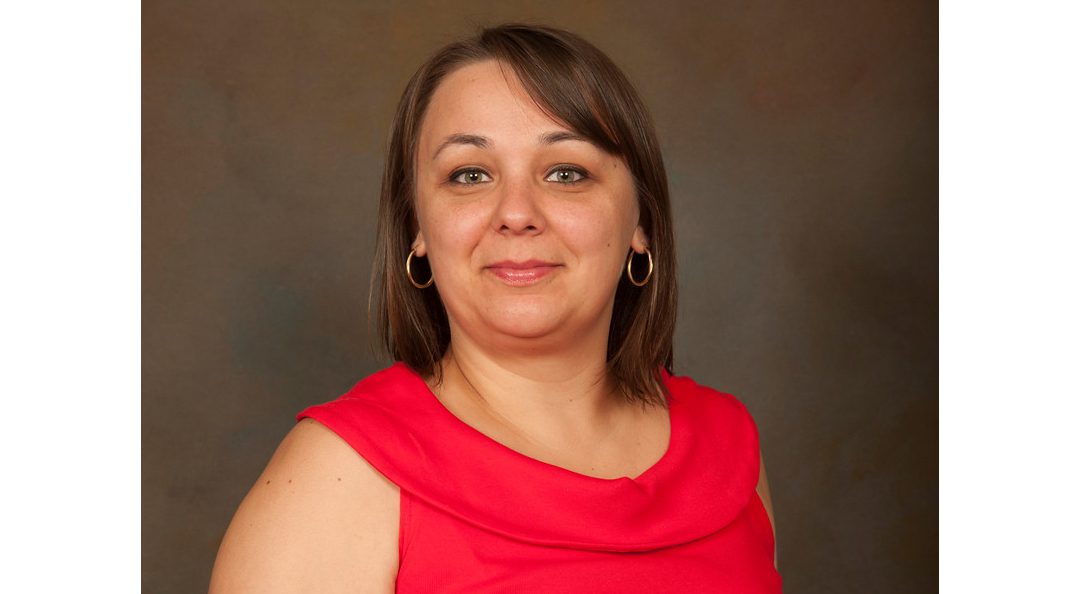M. Gabriela Sava’s research delves into an issue that is becoming increasingly popular among consumers of health care – personalized conversations about the medical decision making between doctor and patient.
An assistant professor of management in the Clemson University College of Business, Sava’s research examines the process of health-care consumers becoming more active in deciding with their doctors on which preventive medical procedures best suits them.

“Health-care consumers today are more informed than ever, and they want a voice in deciding what preventive procedures are the best fit for them,” said Sava, who admits she’s “become a more knowledgeable patient” since pursuing this line of research. “Personalized medical decision making is becoming more common and the key to that working well starts with an open line of communication between the two.”
Sava’s most recent research, “Improving the Efficiency of Personalized Medical Decision Making for Preventive Screening,” looks at personalized health care versus the standard “one-size-fits-all” approach to preventive medical procedures. The paper addresses the degree of personalized care for patients in order to best balance benefits and costs.
“This paper proposes an analytical framework that is capable of mathematically identifying the acceptable degree of personalization that balances efficiently the benefits of personalization with the costs of achieving it,” Sava said. “Our approach can identify, using a limited amount of information about the patient, if he or she requires a fully individualized analysis of preferences, or whether a group-level personalization will suffice.”
Sava said personalized medical decision-making is the next step for addressing increasing heterogeneity in the patient population.
“Often times, health-care providers aren’t getting the expected results because implementing what is the standard procedure or treatment for the average patient does not work,” Sava said. “Patients are becoming more informed, ask more questions and are taking a more active role in deciding between the health-care options available to them. Many patients have preferences for their preventive treatment, but those options need to be disclosed and that starts with health-care providers making those options known.”
As doctors provide more medical information, the patients’ preferences will become clearer, Sava said.
“Often times, a patient’s time with their health-care provider doesn’t allow for a preference-related conversation, but doctors should be able to determine preferences in the first stage of their conversations,” she said. “Our analysis can tell a health-care professional which additional medical information should be presented to the patient to determine a potential switch in their preferences.”
Sava said the consequences of a patient not feeling comfortable with a doctor’s recommendation for treatment is significant.
“If the results of this study are implemented, it should decrease the level of patients not following up with a preventive procedure, because they don’t agree with it. A decision support system able to combine both the patient preferences and the physician medical expertise regarding the medical decision making, is necessary in the health care system. By knowing their preference and giving the patient a say in their treatment, there should be a lower rate of a preventive procedure being ignored altogether.”
Sava was joined in the research by Luis G. Vargas and Jerrold H. May, University of Pittsburgh; Linda Limeri, Clemson University and James G. Dolan, University of Rochester (retired).
# # #
Get in touch and we will connect you with the author or another expert.
Or email us at news@clemson.edu

